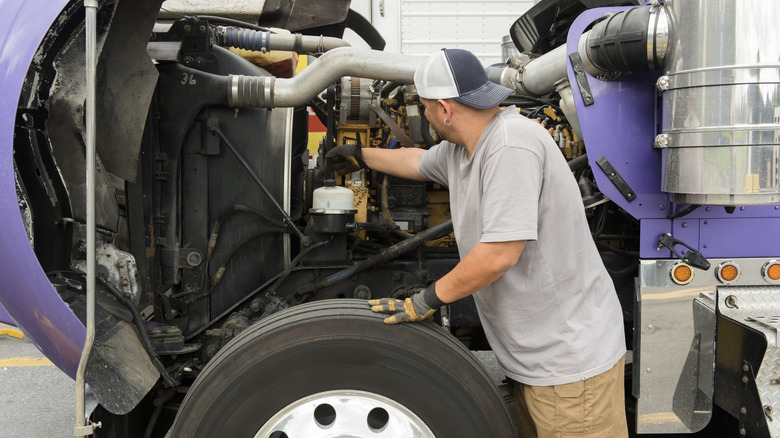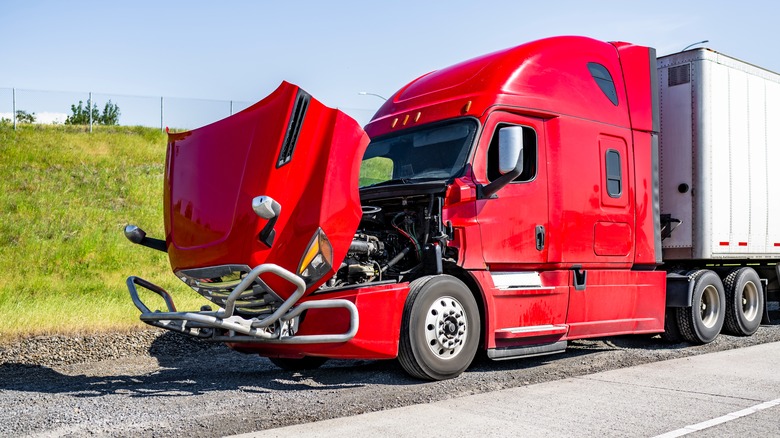Why Do Semi Trucks Use Inline-6 Engines Instead Of V8s?
When shopping for a car, our mind often goes to horsepower. But in the world of semi trucks, balance and torque are the most important things. And that's where the inline-6 engine shines. Unlike a V8, which puts all the work into producing horsepower, an inline-6 diesel engine is made for smooth torque delivery — exactly what's needed to pull a fully loaded 80,000-pound truck and trailer up a hill without overworking the engine.
Horsepower is simply a function of torque multiplied by engine speed (RPM), and for semi trucks that operate mostly between 1,000 and 2,000 RPMs, horsepower is far less relevant than having powerful engines with a lot of torque. After all, torque, the rotational force delivered by the crankshaft, is what actually moves the load. When the job calls for hauling tens of thousands of pounds without breaking a sweat, an engine that can deliver the right amount of torque while staying smooth and balanced is a non-negotiable. And a semi's inline-6 is engineered precisely for that.
Inline-6 engines are simple and reliable
A diesel inline-6 engine's long stroke length — the distance the piston travels up and down — contributes to its high torque output. By comparison, V8 engines put more importance on a larger bore over a longer stroke. That's what delivers higher RPMs and more horsepower.
Beyond the pulling power, simplicity and reliability are two more reasons inline-6 engines dominate the heavy-duty truck market. The layout of an inline-6 is quite basic: six cylinders lined up in a row, with one cylinder head, one exhaust manifold, and fewer moving parts overall. Compared to a V8, which has two banks of cylinders, two heads, and a more complex valvetrain and exhaust system, it's clear why the inline-6 is the favorite for semis. "Simple" means easier maintenance and better durability.
It's as simple as this: Fewer moving parts logically means fewer points of failure. Mechanics can access components more easily, making repairs faster and cheaper. That's a major advantage for trucking companies, who lose money every hour a truck is off the road. Operating at lower RPMs also means less engine wear and tear. And because crank pins in an inline-6 aren't shared, unlike many V8s, they have larger bearing surfaces and better lubrication — both of which extend engine life. No wonder inline-6 engines are making a comeback, then.
Other benefits of an inline-6 engine
The straight layout of an inline-6 means more even heat distribution across the engine block, reducing the risk of hot spots that damage the engine. Plus, the configuration is naturally balanced, which reduces engine vibration. This smoother operation not only enhances driver comfort but also helps reduce long-term stress on the engine's internal components. It's no surprise, then, that some inline-6 engines have managed to clock over a million miles.
There's also the simple matter of space to consider. Most cars have compact engine bays, which suit a traditional V configuration that packs more cylinders into a smaller space. An inline-6 takes up more space compared to a V6 or V8 engine, but this isn't an issue for semis, which have large engine bays. For semi-trucks, then, inline-6 engines fit comfortably, provide more than enough torque, and have all the benefits of simplicity, cooling, and balance.


